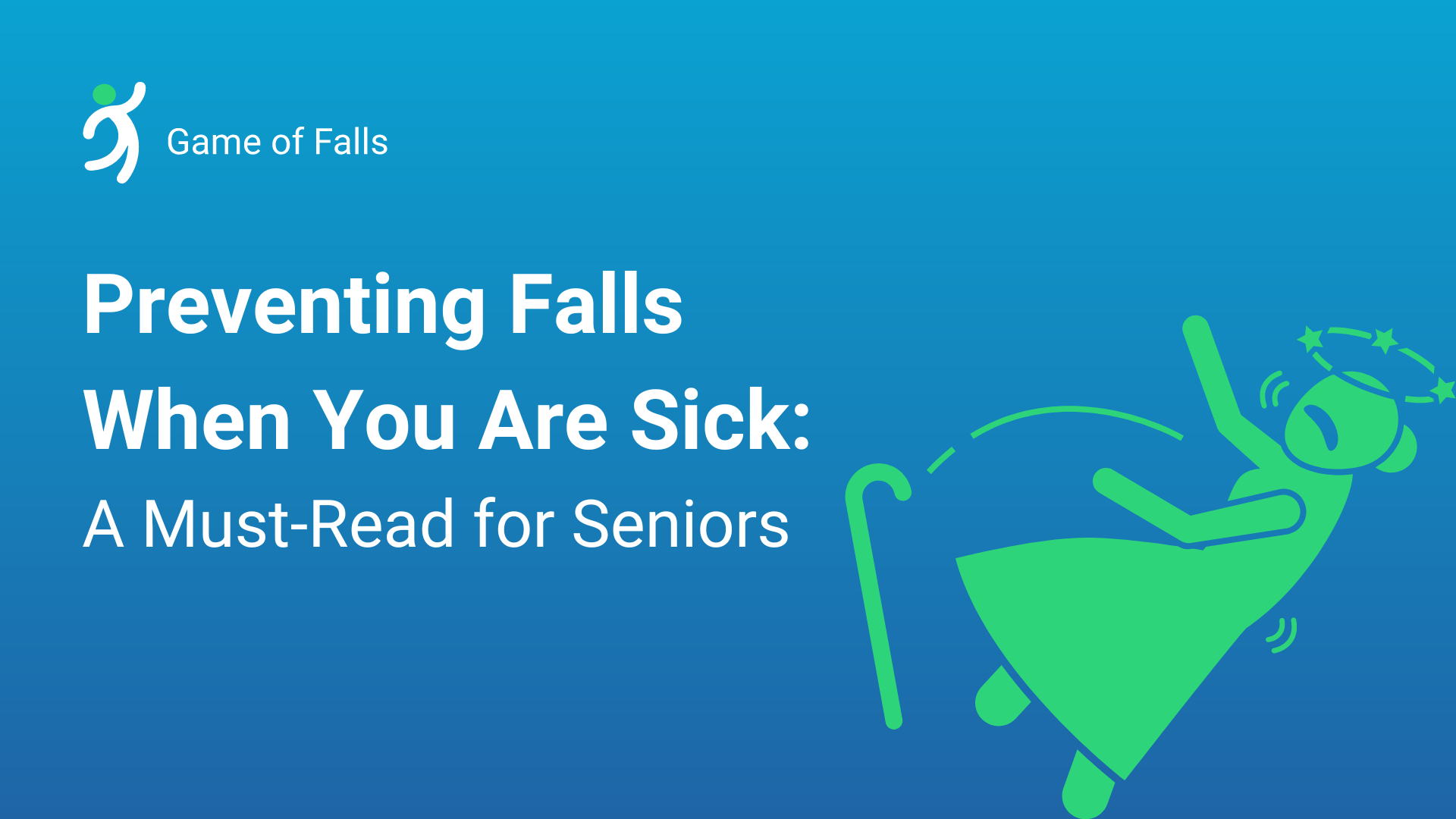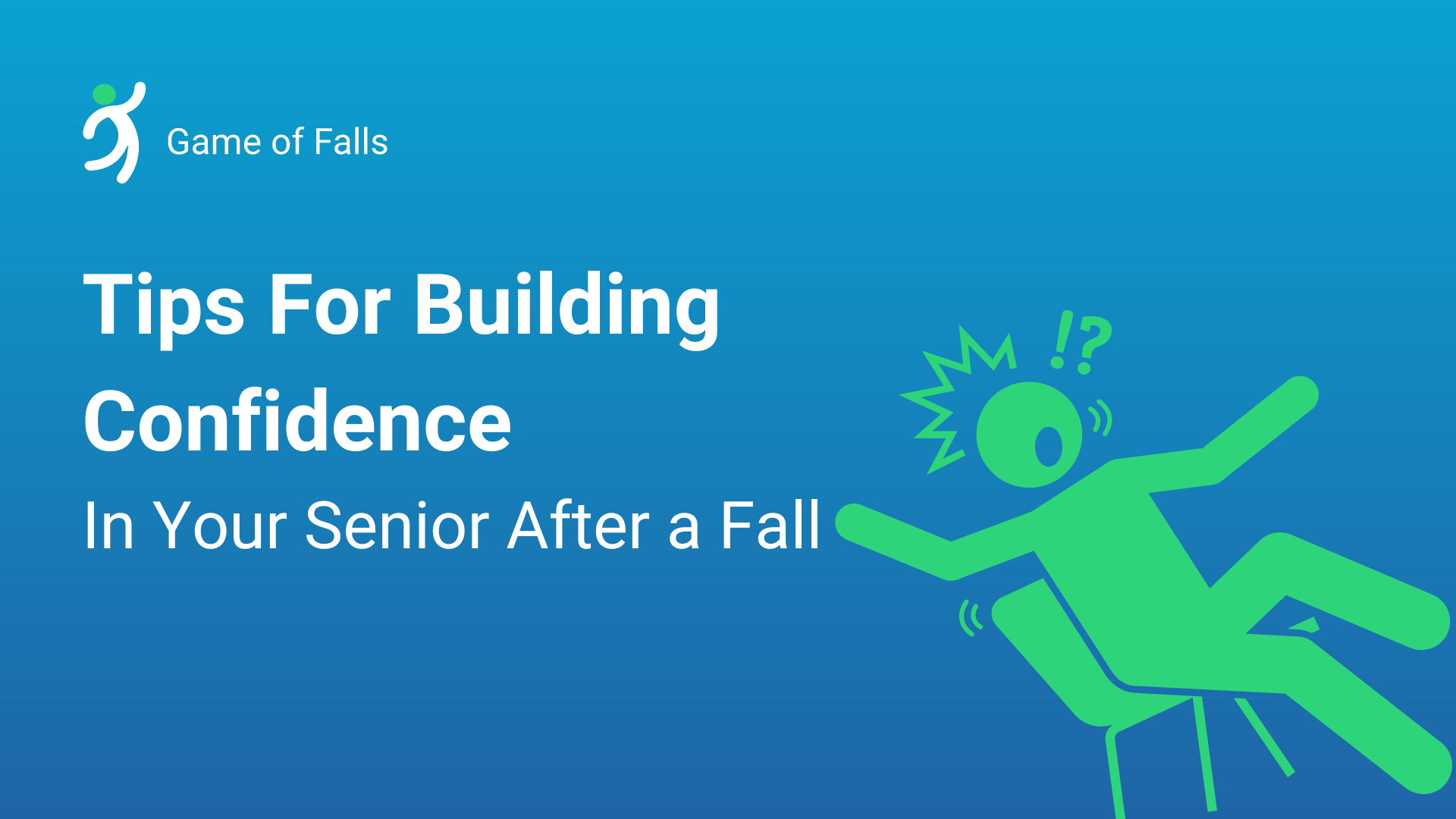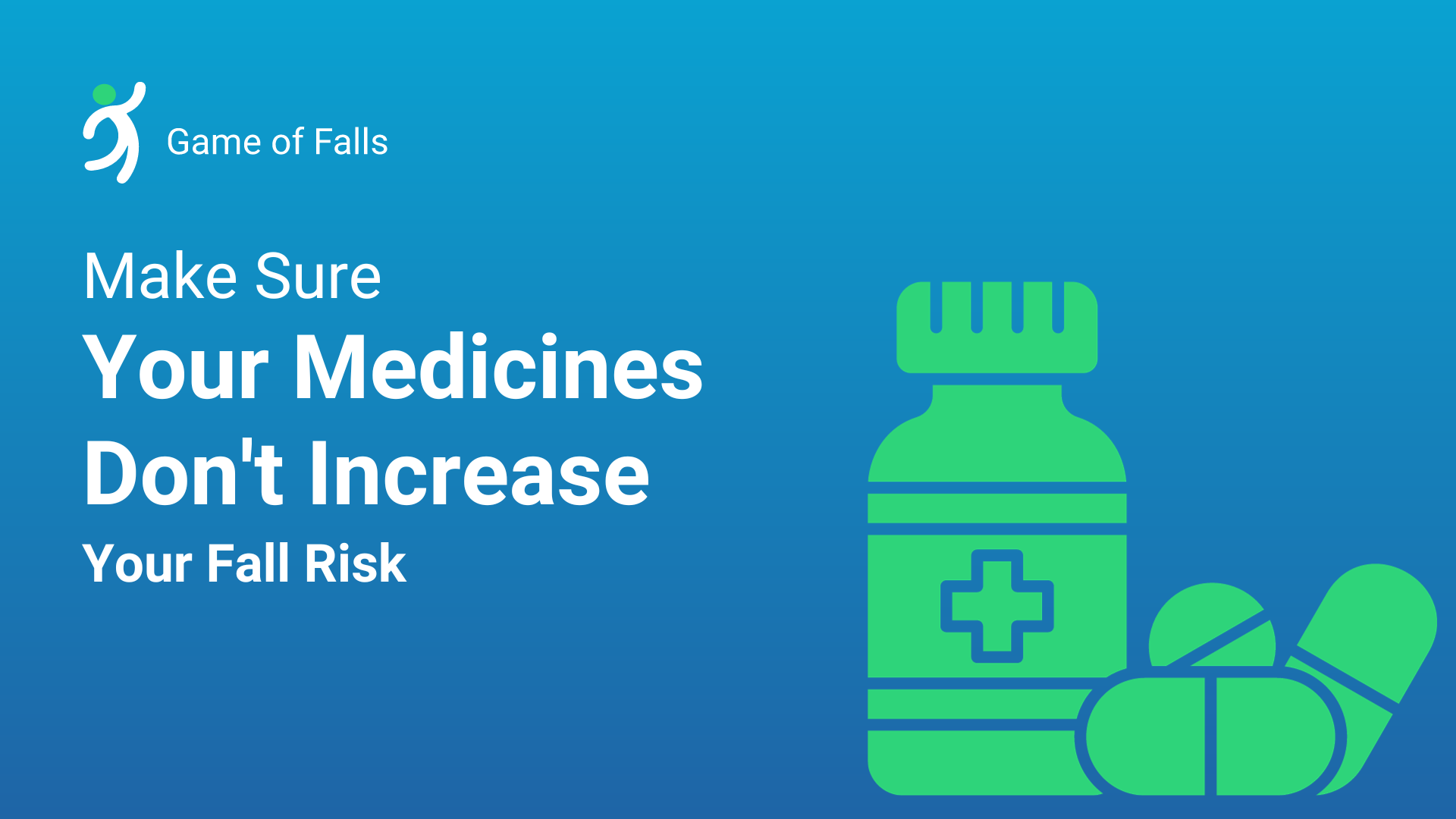
Approximately 10 million Americans suffer from osteoporosis, and the prevalence of fractures is alarmingly high, affecting one in two women and up to one in four men. So it’s no surprise that as individuals age, the risk of falls and fractures becomes a growing concern. Did you know that the rate of fatal falls among U.S. seniors has doubled in the past 20 years? Unbelievable right?
Osteoporosis, a condition affecting millions of Americans, contributes to this heightened vulnerability. With approximately 10 million Americans diagnosed with osteoporosis and 44 million with low bone density, it’s crucial to address the factors that contribute to falls in older adults. In this article, we will explore the best practices for managing geriatric fractures and discuss proactive measures to prevent falls, ultimately promoting the health and independence of older adults.
The Impact of Osteoporotic Fractures
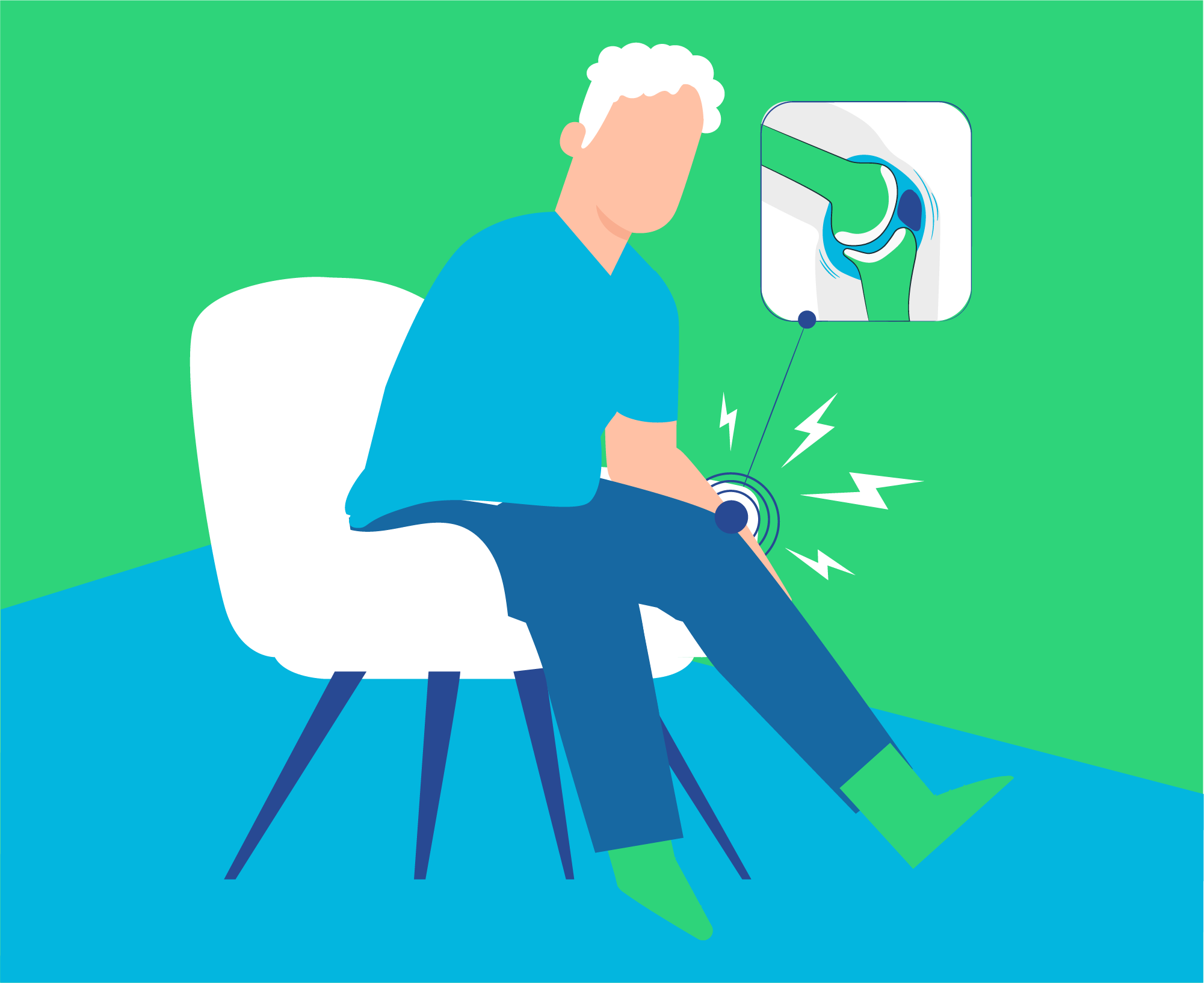
Osteoporosis can cause bones to become weak and more prone to fractures. Hip fractures are especially common in those with osteoporosis. To prevent falls and fractures in older adults, address the underlying causes and take preventive measures.
Doing so will greatly reduce the need for hospitalization, surgical interventions, and extensive rehabilitation. Inevitably, this means that older adults can maintain their independence and quality of life.
Causes of Elderly Fractures:
Managing affect-effects from disorders: It’s great to know that more elderly individuals are surviving heart attacks and strokes thanks to medical advancements. However, dealing with the aftereffects of these disorders can increase the risk of falling.
Age-related challenges: As we age, our bodies face various challenges, including balance issues, declining strength, and the onset of diseases such as Parkinson’s and Alzheimer’s. Additionally, the medications we take may cause unwanted side effects.
Eyesight and hearing issues: Check your eyesight and hearing regularly. As we age, impairments in these senses can become risk factors for falls too!
Improper age-friendly living spaces: Many older adults reside in environments that may not cater to their specific limitations, resulting in hazards dispersed throughout their homes. This combination creates an ever-present threat of falls, as these risks hover at every corner.
Best Practices to Manage and Prevent Geriatric Fractures
Be mindful of the medicines you take

Today, many elderly people are taking multiple medications, some of which (whether taken together or separately) can cause dizziness or other adverse effects that raise the risk of falling.
This is a serious problem that requires our attention. Fortunately, the Centers for Disease Control and Prevention (CDC) offer helpful tips for older people on how to prevent falls:
- Find out whether any of your prescription or over-the-counter drugs may increase your risk of falling
- Ask your doctor or pharmacist to check all of the prescribed medicines thoroughly.
- Ensure that your drug regimen is optimized for your safety and well-being.
Make time for exercise

- Maintaining your mobility is key to steering clear of falls and speeding up the recovery process after a fracture.
- A good physical therapist can work wonders to understand your needs and help with appropriate exercises
- Depending on your physical concerns and limitations, they can suggest the best rehabilitation programs that help maintain mobility.
- Exercise helps to improve balance and coordination, which can help to prevent falls but don’t try to do too much at once. Take breaks when you need them.
Know factors that increase the chances of falling

- Understand falls in the elderly and assess areas that are more likely to cause physical injuries and also focus on their gait balance.
- Recognize factors that contribute to falls, such as postural hypotension, footwear problems, or foot issues – your healthcare provider can then help implement targeted interventions to reduce fall risks.
- Avoid walking on slippery surfaces, such as wet floors or ice. If you must walk on slippery surfaces, wear shoes with good traction.
Home Environment Adjustments
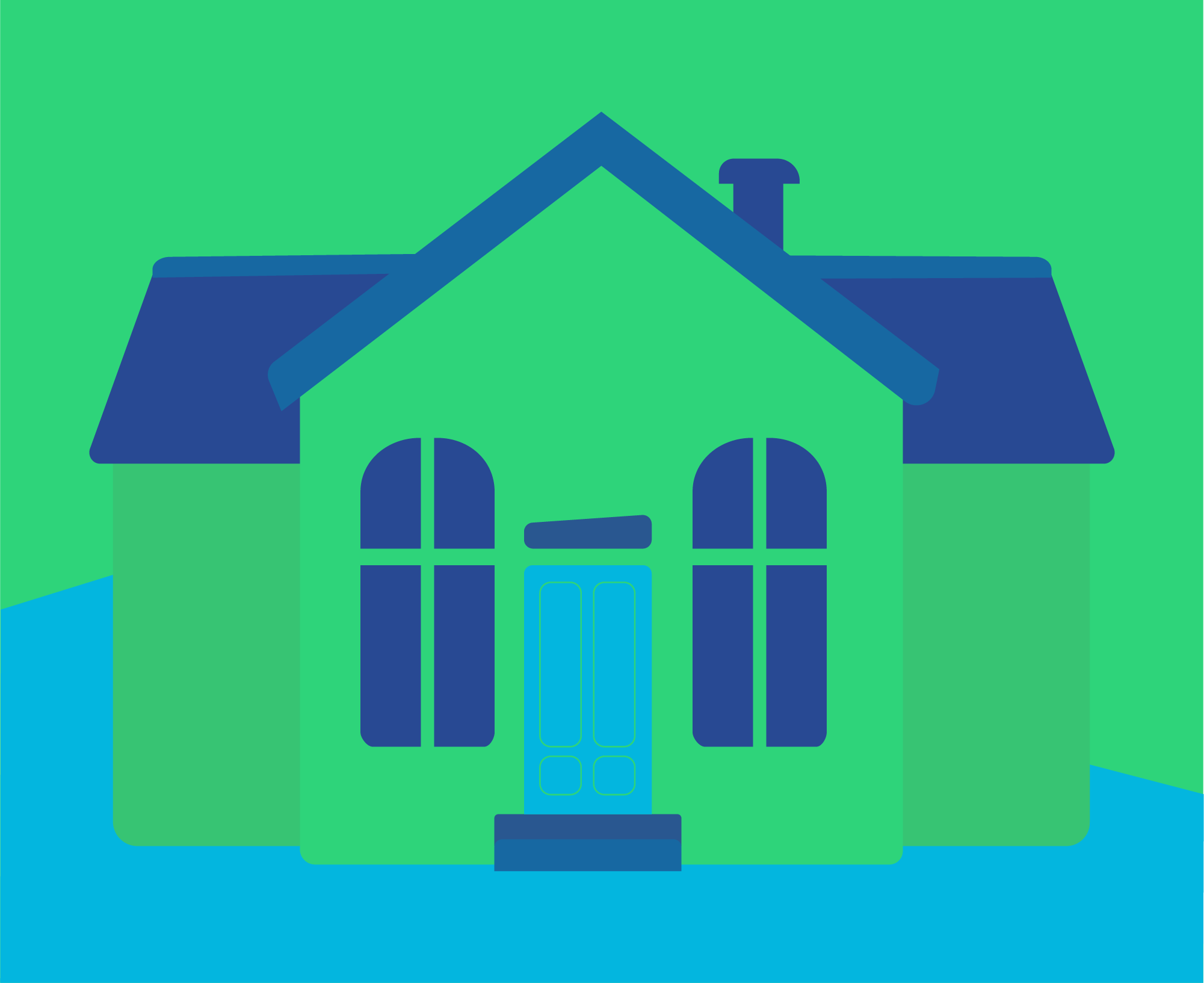
- Modifying the home environment or knowing how to avoid falls such as by playing Game of Falls is essential in creating a safe living space for older adults.
- Remove clutter and tripping hazards, and install grab bars in the bathroom and other areas where falls are common.
- Poor lighting can make it difficult to see potential hazards, such as uneven surfaces or clutter.
- Use a cane or walker if you need help walking. These devices can help you to maintain your balance and prevent falls.
To Manage Geriatric Fractures
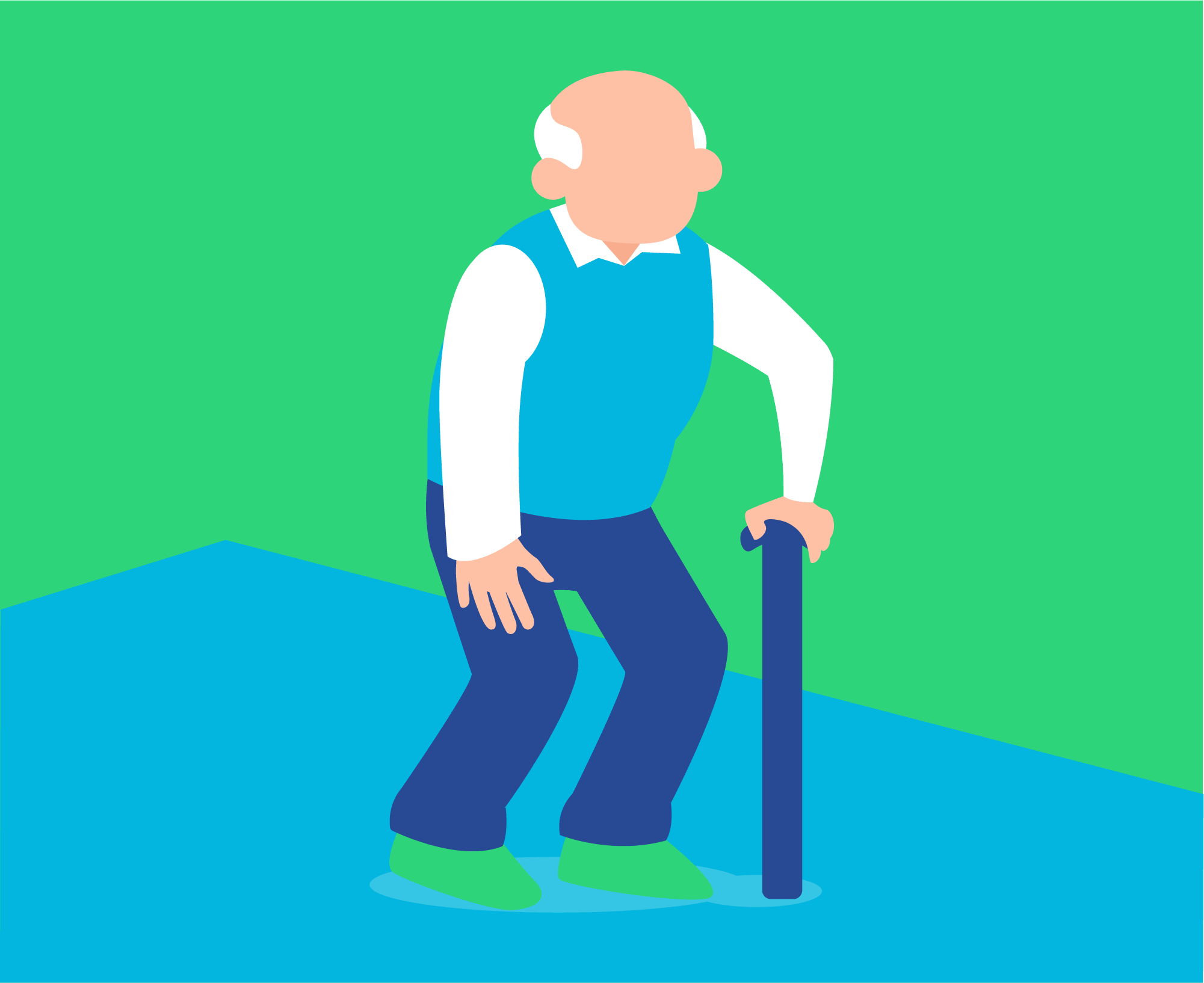
- Follow a multidisciplinary approach that addresses various factors that lead to falls.
- For instance, a physical therapist can provide education on maintaining mobility, while geriatric healthcare providers focus on the ‘5Ms’ as core principles: mobility, medications, mind, multi-complexity, and matters most.
- Mobility: Health professionals prioritize mobility to maintain independence and prevent falls.
- Medications: Medication management reduces the risk of falls due to side effects or interactions.
- Mind: Cognitive function affects fall prevention, emphasizing the importance of mental health.
- Multi-complexity: Older adults often face many health conditions and complexities so it’s crucial to take comprehensive care that caters specifically to their health conditions.
- Matters Most: Consider individual needs and priorities and putting together healthcare outcomes depending on what matters most is a must!
By considering these core principles, clinicians can assess fall risk, evaluate gait balance, address postural hypotension, and manage other factors, such as vision problems, medication side effects, and heart rate abnormalities.
Preventing falls in older adults is a multifaceted task that requires a holistic approach. It’s about looking after your well-being and managing your home environment well. While receiving geriatric care, consider incorporating Game of Falls in your routine to help enhance fall prevention efforts and ensure the safety of your loved ones. It will help your loved ones boost their awareness of fall dangers in their homes, develop better balance, and sharpen their mind!
As flu season turns up the dial, one question often comes to mind: Why does the flu hit older adults so hard? It’s a perfect storm where senior flu prevention becomes key since their natural aging nudges immune systems into a less active state, amplifying the impact of flu symptoms. For caregivers, ensuring flu season […]
Confidence is a crucial ingredient in living a fulfilling and independent life, especially for seniors. So, what happens when an event like a fall shakes the very foundation of a person’s confidence, particularly in the elderly? After a fall, it’s natural for seniors to feel vulnerable and apprehensive about engaging in their everyday activities. Fear […]
Have you considered that growing older might mean getting better, so long as you nurture the one body you’ve been given? Staying active is a dynamic part of aging, and a key aspect of that is utilizing preventive health screenings to catch problems early. The good news is that Medicare and most health plans cover […]
Did you know that the medicines meant to ensure your health could also increase your chances of a fall? It’s a startling thought, but true for many older adults. As we age, we often become, rather ironically, a walking pharmacy. With every pill we swallow to keep our health conditions in check, there lies an […]

